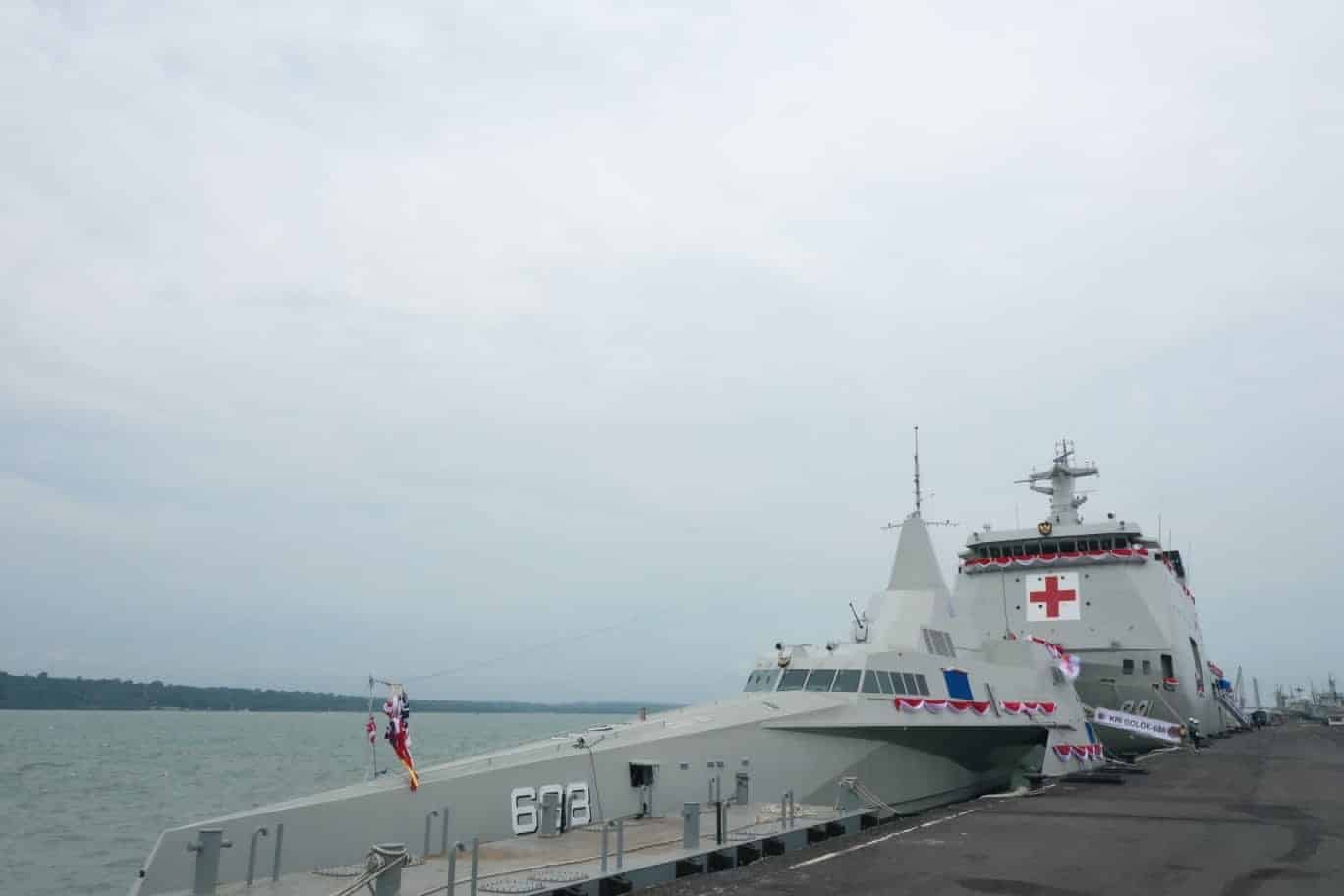Agreed on the challenges of reefs.The LHD itself can also move around the region. The LHD isn't the only naval asset in the region NZ is sending support as well.
I wonder if LCH are that useful in tsunami type situations where there is a lot of junk & debris around on beaches and finding a clear, clean, landing site for a larger landing craft can/could be difficult? Smaller islands are often fringed by reefs that I would imagine would also restrict larger vessels. I imagine larger landing craft would be more complimentary than replacement?
IMO the LHD clearly a getting a work out. It seems like there is some sort of situation 6-12 months in our region. Also if a situation expands in the scope of the disaster (like the Australian fires), having these larger ships seems to be quite useful, with multiple landing craft and significant on ship space and facilities.
I'd assumed that in anything but the most permissive landings that first off the boat would be one of these:
Assault Breacher Vehicle (ABV) - USAASC
Whether it's in a potential conflict situation and the beach is sown with mines / obstacles or if its covered in debris following a natural disaster a clear path will be needed.
While they have many many other uses I had presumed that part of the rationale for the 29 ABVs being acquired as part of the recent Abrams buy was as a key enabler for amphibious operations, particularly given that a key requirement for all landing craft seems to be that they are rated for an MBT.


